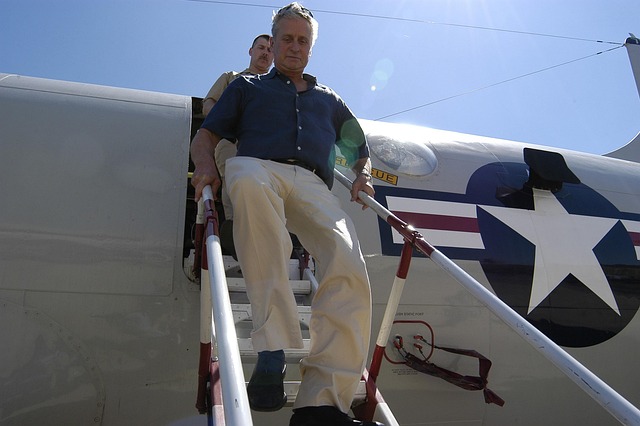In today's interconnected world, international relations thrive on cultural exchange facilitated by shared living spaces created through real estate. Local agents play a crucial role in integrating expatriates, initiating deeper connections between nations and diverse communities. Real estate provides physical hubs for cross-cultural interactions, from community centers to co-working spaces, promoting understanding and collaboration. While challenges exist, proactive strategies, including respect for local traditions and legal research, enable successful cross-border projects that boost economic growth, cultural exchange, and diplomatic ties.
In today’s interconnected world, fostering cross-cultural understanding is more vital than ever. This article explores how friendly communities can bridge two nations through strategic initiatives. We delve into the transformative power of real estate in facilitating cultural exchange and creating shared spaces. By examining successful engagement strategies, we uncover how barriers can be overcome to build strong, vibrant connections between diverse communities. Join us as we navigate these inspiring examples, highlighting the role of real estate as a catalyst for global unity.
The Role of Real Estate in Fostering Cultural Exchange

In the vibrant landscape of international relations, real estate plays a surprisingly profound role in fostering cultural exchange and understanding between nations. When communities bridge two countries, shared living spaces become more than just accommodations; they transform into melting pots where diverse cultures intermix. Local real estate agents often act as ambassadors, guiding newcomers through the process of finding homes, thus facilitating their integration into the host community. This initial step sets the stage for deeper cultural interactions and friendships that may last a lifetime.
Moreover, shared living environments encourage daily interactions between residents from different backgrounds, creating opportunities for cross-cultural conversations, culinary exchanges, and the sharing of traditions. Over time, these encounters can break down stereotypes, foster empathy, and build bridges of understanding between nations. Real estate, in essence, becomes a tangible connector, enhancing the overall experience of living in a foreign land and enriching both the lives of expatriates and locals alike.
Building Bridges: Creating Spaces for Community Engagement

In today’s interconnected world, building bridges between communities is more important than ever, especially when bridging two nations. This process starts with creating physical spaces that encourage interaction and dialogue. Real Estate plays a pivotal role here by offering venues where people from different backgrounds can gather and engage. Whether it’s a community center, co-working space, or even a shared garden, these spaces serve as neutral grounds, fostering understanding and mutual respect.
By integrating real estate into community engagement strategies, we facilitate cross-cultural exchanges. These spaces become catalysts for collaborative projects, cultural sharing, and social events that strengthen the bond between nations. Ultimately, they contribute to a more harmonious society where diverse communities thrive side by side.
Overcoming Barriers: Strategies for Successful Cross-Border Community Initiatives

Building bridges between communities across borders can be a challenging yet rewarding endeavor, especially in the context of real estate. One of the primary barriers to successful cross-border initiatives is cultural differences and language barriers. Overcoming these requires a deep understanding and respect for each nation’s traditions and values, coupled with effective communication strategies, such as multilingual signage and community events that foster cultural exchange.
Another significant challenge lies in legal and regulatory frameworks. Different countries have distinct rules regarding property ownership, zoning laws, and transactions. Initiators must navigate these complexities through thorough research, consultation with local experts, and the establishment of transparent processes. By addressing these barriers proactively, cross-border community projects can thrive, fostering economic growth, cultural understanding, and lasting friendships between nations.






